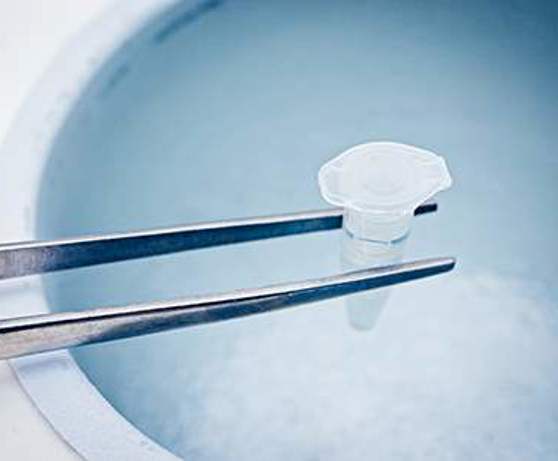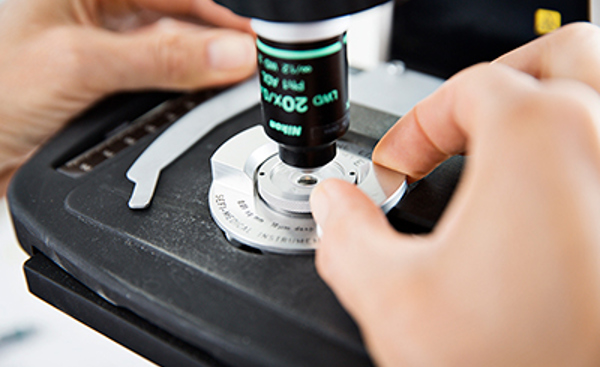Our Laboratory & Research
By constantly developing our methods and being involved in the latest research, our goal is to improve pregnancy outcomes for all our patients, even for those with a reduced prognosis for success. Side effects and complications such as overstimulation should be minimized, while the treatment is simpler and adapted to the patient's individual circumstances. Our hope is that every couple will feel that we have done our best for them. We place great value on being flexible and giving all embryos the best possible cultivation conditions.

Scientific Research
The Livio Group is part of IVI RMA, a world leader in research and innovation in reproductive medicine, with over 1,900 scientific publications and a global network of more than 300 researchers and specialists. Through continuous development of new treatment methods and advanced technology, we, together with IVI RMA, set new standards for successful fertility treatments and offer evidence-based solutions with the best chances of pregnancy for patients worldwide.

Scientific Publications

Our Laboratory
We who work in the laboratory are keen to ensure that every patient feels that we have done our best for them. We place great value on being flexible and giving all embryos the best possible growing conditions. You will meet us at egg retrieval and embryo transfer. In between, there are many other exciting things happening in the laboratory.

Want more information about our laboratory?
Download our brochure to find out more about our laboratory.




